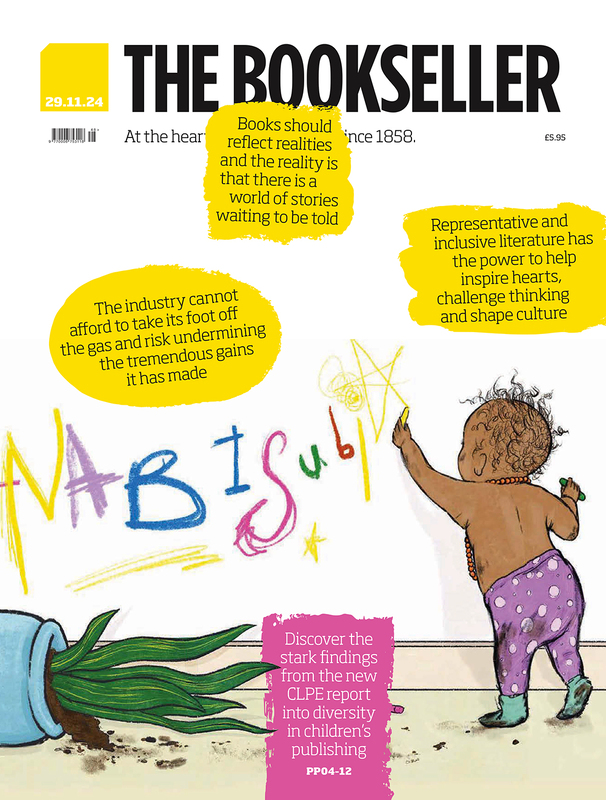You are viewing your 1 free article this month. Login to read more articles.
The Lost Art of Letter-writing
The first time I ever wrote something to someone I loved, it was by hand.
I wrote it on a postcard, saying something intimate and (I hoped) persuasive; it was probably with a green Pentel rollerball pen, an instrument between a ballpoint and a felt-tip; the postcard would probably have been bought from a provincial gallery, and perhaps would have been a quirky 18th-century portrait, perhaps a Wright of Derby. I can’t remember who it was to. Maybe it still exists somewhere – it is quite hard to throw away a postcard, and much easier to put it into a box that slowly graduates towards the attic. That would have been over 30 years ago.
And the last thing I wrote to someone I loved? Well, it was exactly the same as anyone else nowadays. I can’t even remember what it was – a text message, an email, a message on Facebook. Something that involved a keyboard and an electricity supply rather than a pen and paper. Handwriting is disappearing from our lives.
A recent poll, commissioned by online stationer Docmail, tried to discover the last time its subjects wrote something by hand. It found that the average time since an adult wrote anything at all by hand was 41 days. One in three people surveyed said that they hadn’t written anything by hand for at least six months. Two out of three said that the last thing they wrote was for their eyes only – a hastily scribbled note, a shopping list or a reminder.
Electronic letters are immensely convenient – they are often more readable, they are received virtually as soon as they are finished by the writer and can be passed on when they contain important information relevant to a whole family or group of people as soon as they’ve been received. But will they ever be as richly humane as the handwritten letter, as redolent of a particular personality? Think of the magic of Keats’ last letters, with their beautiful expression and clear, pained, almost painted hand; to look at one, even in facsimile, is to feel that you are close to the author. Or Dickens’ manuscripts, which seem to be written in a tearing hurry, with an energy which comes close to ripping the paper.
The clean manuscript which is prepared by modern authors for their publishers is a neat pre-publication print-out. There are few opportunities, either for writers or ordinary people, to send their personality into the world by the intimate magic of ink; hence, I think, the huge popularity of exotic typing fonts on computers. They attempt to give words some kind of personality. But handwriting does that much better: you know something of what a person is like when you have read half a dozen lines of their handwriting.
While I was writing a book on the subject of handwriting, The Missing Ink, I decided to ask a group of friends and family what they thought of their own handwriting. It was interesting to see how many of them confessed to feelings of “shame” about their writing. Why would we feel like this? We feel shame (or alternatively pride) in our handwriting because it seems to us quite a personal thing. We feel it reveals us in an intimate way, in ways that the computer or the mobile phone never will. And so, perhaps, we have decided to control it – and possibly even abandon it.
Many teachers over the years have decided to impose a new style of writing and of learning on handwriting. Their reasons for doing this varied. Some of them genuinely thought, like the 19th-century reformer Platt Rogers Spencer, that someone who made serious attempts to improve their handwriting could be lured away from the temptations of vice. Others believed that it could train a person for business success. Others still, like the Italic reformers of the 20th century, just wanted to add to the stock of beauty in the world.
It’s striking that all these people, until the rise of the computer and the keyboard, saw handwriting as a means to improve the individual human being. It might seem absurd to want to improve ourselves through writing scrupulously. But what has happened to that desire? What rigorous daily discipline is today similarly seen as bettering a person? Personality does express itself, unmistakably, through those marks on paper. You might mistake the handwriting of someone you know well for a third person, but not often: it is not at all likely that you would mistake your own.
From the end of the 19th century onwards, practitioners of the dubious ‘science’ of graphology have attempted to codify the indications of personality contained in particular small features of writing. They tried to go beyond our general sense that, say, someone whose handwriting leans backwards gives a suggestion of introversion, to an analysis of how the particular formation of loops and cross-bars might indicate how someone deals with money, and how their romantic personality might show itself.
Graphology has been more or less thoroughly discredited. But what does remain is a sense that the handwritten letter, now on the decline, is a much more intimate and revealing object than anything that has been thought of to replace it. The handwritten postcard from a weekend away; the diary entry in a hardbound book; the scribbled message in a pocket notebook; the note of an appointment in a three-inch diary; most of all, the letter from a loved one to express that love, or just to entertain for a page or two – these are all things which haven’t lost the fundamental urge which inspired them, but which have now passed on into a more public, anonymous, flavourless medium.
I wrote The Missing Ink to reflect on this most human activity, to regret the ways in which it was passing and, just perhaps, to persuade people to take out a pen – a fountain pen, a ballpoint pen, a cheap pencil or an expensive piece of writing technology – and just start writing again, for the sheer pleasure of it.
How to write the perfect letter
Step 1: Learn to write well
Whether you’re writing a letter by hand or using a computer, the key is simplicity and clarity. You could do worse than to start with The Oxford Guide to Plain English by Martin Cutts, which suggests 25 guidelines used by professional editors, and Grammar for Grown-Ups by Katherine Fry and Rowena Kirton, a fun yet rigorous new guide.
Step 2: Take inspiration
John O’Connell’s For the Love of Letters is a celebration of the art of letter writing, including immaculate examples from the likes of Winston Churchill, Philip Larkin and Jane Austen. And there are new letter collections out from the Queen Mother (Counting’s One’s Blessings, edited by William Shawcross), John Lennon (The John Lennon Letters, edited by Hunter Davies) and Diana Athill (Instead of a Book).
Step 3: Add beauty
It’s not just a matter of writing well; a letter can also be a thing of physical beauty. The Complete Engraver by Nancy Sharon Collins resurrects the lost art of engraving stationery, looking at its history and walking readers through creating (or commissioning) their own engraved paper products.
The Missing Ink by Philip Hensher is out now, published by Macmillan.













